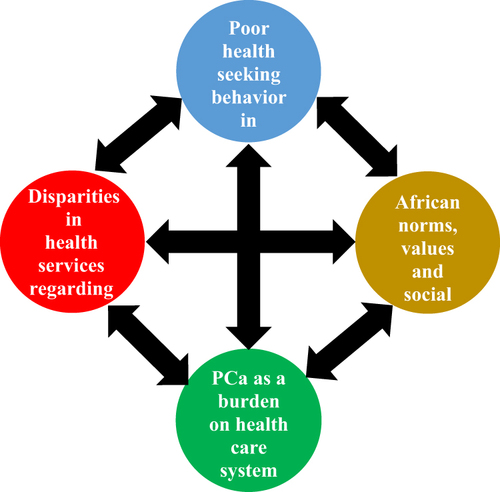Figures & data
Figure 1 Global PCa prevalence for the year 2020. (A) Age-standardized rate (ASR) (per 100,000 men) for PCa incidence. (B) ASR for mortality. (C) Incidence and mortality rates based on geographical location. HICs have high incidence rates (IR) but lower mortality rates (MR), compared to LMICs with relatively lower IR but high MR. Reproduced from World Health Organization. Global cancer observatory: cancer Today; 2014. Available from: https://gco.iarc.fr.Citation4
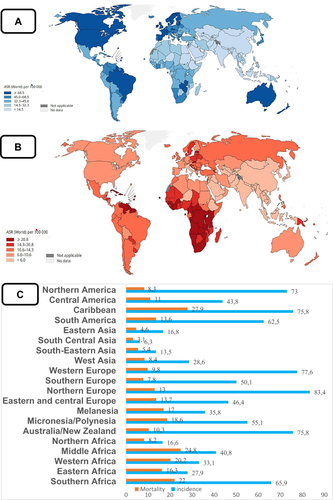
Figure 2 Medical devices available across the globe for cancer care treatment-Global Health Observatory 2014. These include (A) Mammography units per million females aged between 50 and 69 years old. 2014. (B) Radiotherapy units per million population. (C) Computed tomography (CT) units per million population. (D) Gamma camera units per million population. (E) Magnetic resonance imaging (MRI) units per million population. (F) Positron emission tomography (PET) units per million population. Data from Global Health Observatory.Citation4
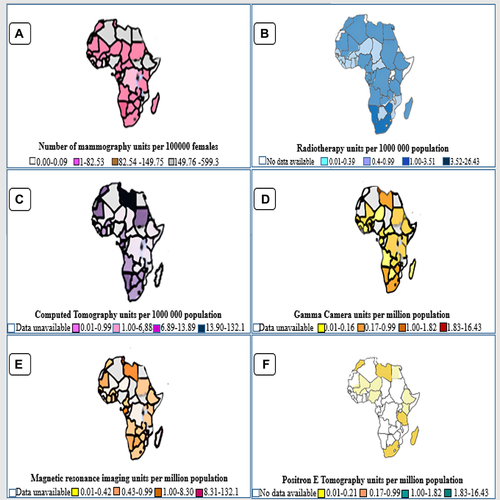
Figure 3 Referral hierarchy of PCa patients in South African public health care system. Patients commence at primary level, followed by subsequent multiple levels before their first oncology visit at the tertiary public hospital. Data from these studies.Citation51,Citation52
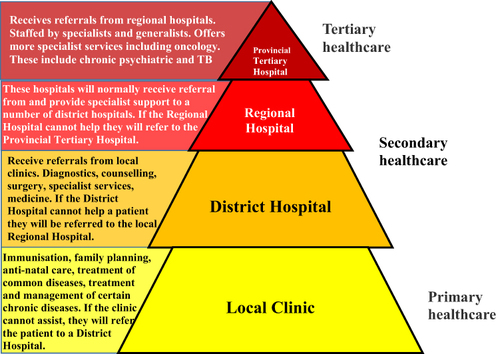
Figure 4 The South African cancer statistics for 2019 as per the National Cancer Registry (NCR-SA). NCR indicates that South Africa has a very high incidence rate for PCa with relatively lower mortality rates in the region. These NCR cancer statistics show that the White and Colored population groups have the highest incidence rates compared to the black population.Citation86
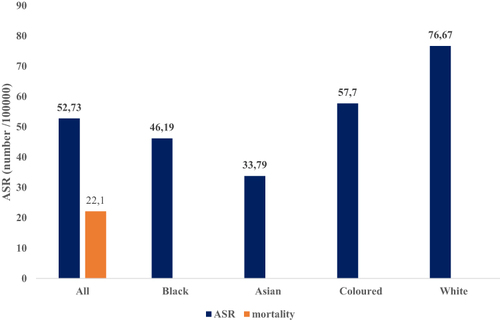
Figure 5 Integrated factors influencing PCa management in Africa. PCa disparities exist globally and within the African continent. This is influenced by various factors such as poor health seeking behaviour, socio-economic statuses, African norms and values.
